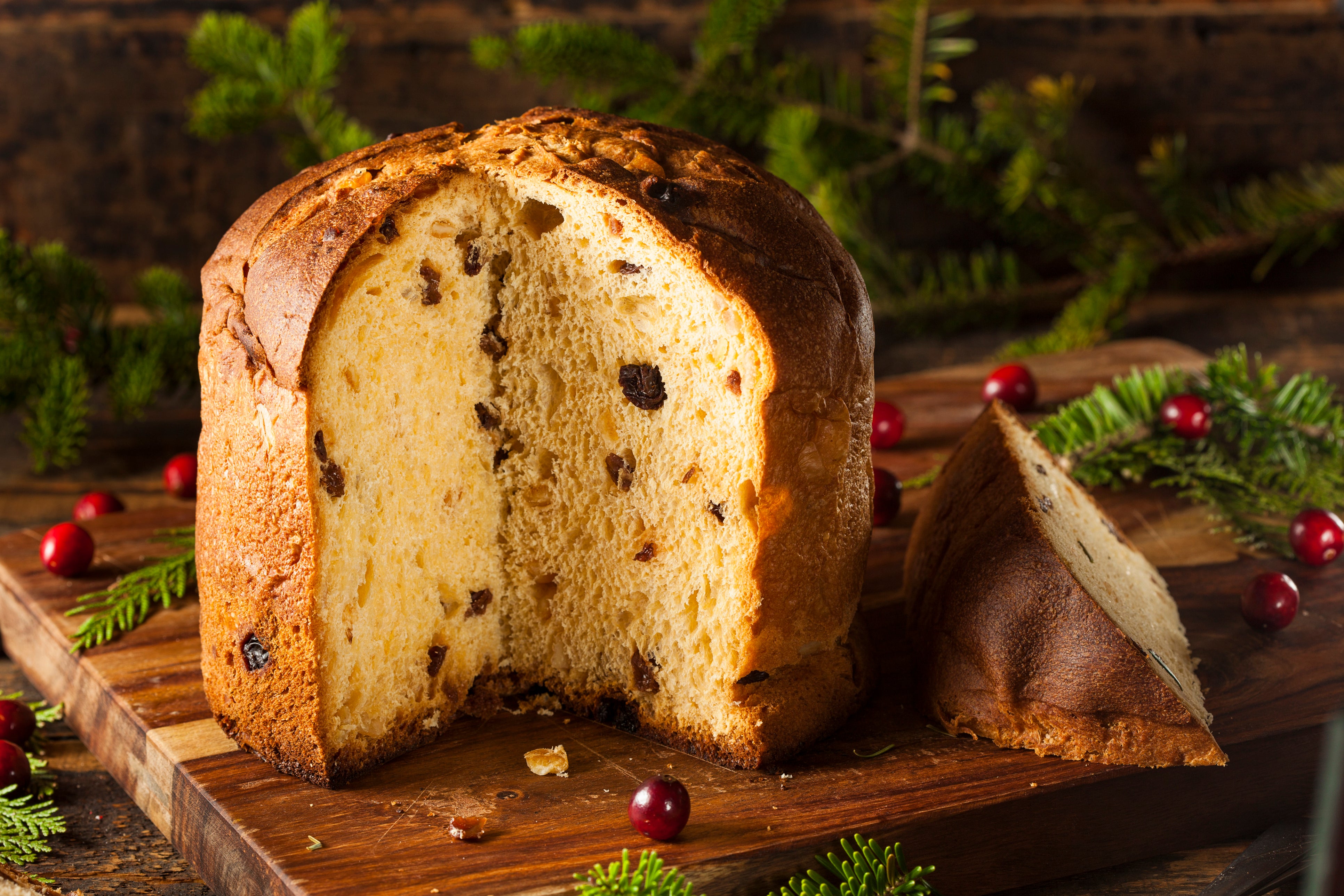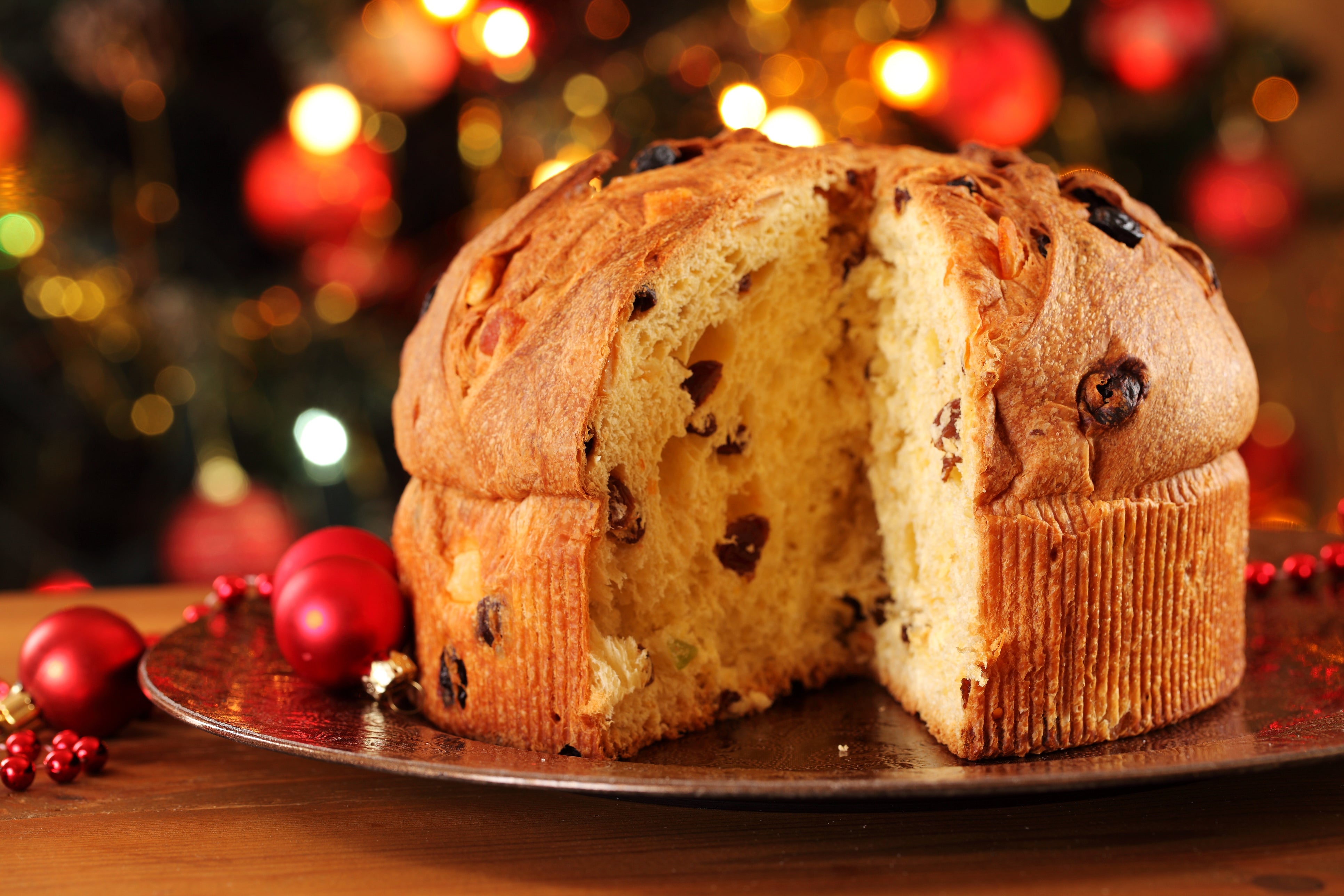Bittersweet taste at Christmas: Italians struggle with cost of beloved panettone
‘I haven’t given up on it, but I’m giving up on the quality of it – I bought it at a supermarket,’ says one Italian

There’s no Christmas without panettone. Or so say 70 per cent of Italians, who admit they cannot fathom a festive season without their beloved sweet bread.
Before its recent rise to fame in the US and the UK, the staple festive treat had adorned Italy’s kitchens for centuries and in a variety of forms. From honeyed bread in ancient Rome, or a simple loaf with sugar and raisins in the Middle Ages, to the present-day buttery version, packed with raisins and candied fruits.
For some families, however, this Christmas stands to be somewhat bittersweet.
In addition to the financial impact of the coronavirus pandemic, Italians have been struggling for months with the effects of a steep rise in the costs of consumer goods, including a 35 per cent increase in wheat and butter, key ingredients for the panettone.
Several things are to blame for this, including speculative activities at the Chicago Board of Trade (CBOT), explained Giuseppe di Taranto, a professor of economics at LUISS university in Rome.
“Wheat is often stockpiled and not distributed in order to push the prices up,” Taranto told The Independent. “It’s also due to the rise in costs of fertilizers, petrol and transport,” he added.
As a result, the price of a low-end panettone has gone up by 11 per cent compared to last year, pushing the average cost up from €9.80 to €10.90 (£8.30 to £9.25), according to a report by consumer rights organisation Federconsumatori.
Intent on celebrating Christmas despite the overpriced goods, some have chosen to swap the usual abundant collection of panettoni for just one or two per family, in addition to scaling down on decorations, which have also seen a spike in prices.
Nikki, 40, used to stock up on artisanal, high-end, panettoni. This year the family of six from the town of Campello in Umbria is sharing just two supermarket-bought ones.
“There’s less money because our expenses have increased,” Nikki, who asked that her real name not be used, told The Independent. “Christmas used to be the most beautiful time of the year, now it’s a melancholic time, if it weren’t for my two children, I probably wouldn’t even celebrate it.”
In a small town in the region of Umbria, Maria recounts the days in which her daughter visited her from Rome, gifting her a high-end panettone. This year, they’re doing without it.
“I haven’t given up on it, but I’m giving up on the quality of it – I bought it at a supermarket,” said Maria, who asked that her real name not be used. “There are choices one needs to make.”
Panettone originates from the north of Italy, and the popular tale is that, in the 15th century, the chef to Milanese duke Ludovico Sforza all but ruined the nobleman’s dinner when he accidentally burnt the Christmas cake.
Panicked, the chef turned to a kitchen worker called Toni for help. And help Toni did, or at least he did according to legend. His ingenious response was to add eggs, flour, raisins, candied fruits, and sugar to the leftover yeast.
The sweet bread turned out to be a success and was subsequently named pan di Toni, or Toni’s bread – a prelude to panettone.
But it wasn’t until the 20th century that it became the dome-shaped treat Italians look forward to dunking into their caffe latte during the cold winter months of December and January.

But while medium and lower-income families prepare for a less bountiful Christmas this year, Italy’s wealthy are far from giving up on their artisanal panettone, a source of pride and status to some.
In the capital, Rome, high-end pastry shops like Grue say they haven’t had a drop in customers.
“The pastry shops that work with quality products have actually had a 24 per cent increase in production, especially for panettone,” said Felice Venanzi, the co-owner of Grue.
“We’ve tried to contain our prices but have had a slight increase from 36,00 to 38,00 euros for the classic panettone and from 40,00 to 42,00 euros for the chocolate one… people haven’t complained because they recognise the product quality,” said Venanzi.
Despite the hike in prices, some Italians don’t appear willing to give up on the country’s long-standing traditions and continue to contribute to Italy’s annual €707m (£600m) business of Christmas cakes and sweets.
But for most, Christmas will come and go with fewer festivities and soon Italians will start to brace themselves for a bitter start to the new year as gas bills are expected to rise by 50 per cent and electricity by 25 per cent in 2022, aggravating an already difficult financial situation.
This, said Professor di Taranto, means that a family’s average expenses could hit an added maximum of €3,300 (£2,800) [per year], an increase of €1,200 (£1,000) compared to this year.
And while prime minister Mario Draghi’s government has allocated more than two billion euros in a bid to help the country’s economy, it’s unlikely that next Christmas will see a return to the lavish festive season Italians are renowned for.
Join our commenting forum
Join thought-provoking conversations, follow other Independent readers and see their replies
Comments
Bookmark popover
Removed from bookmarks